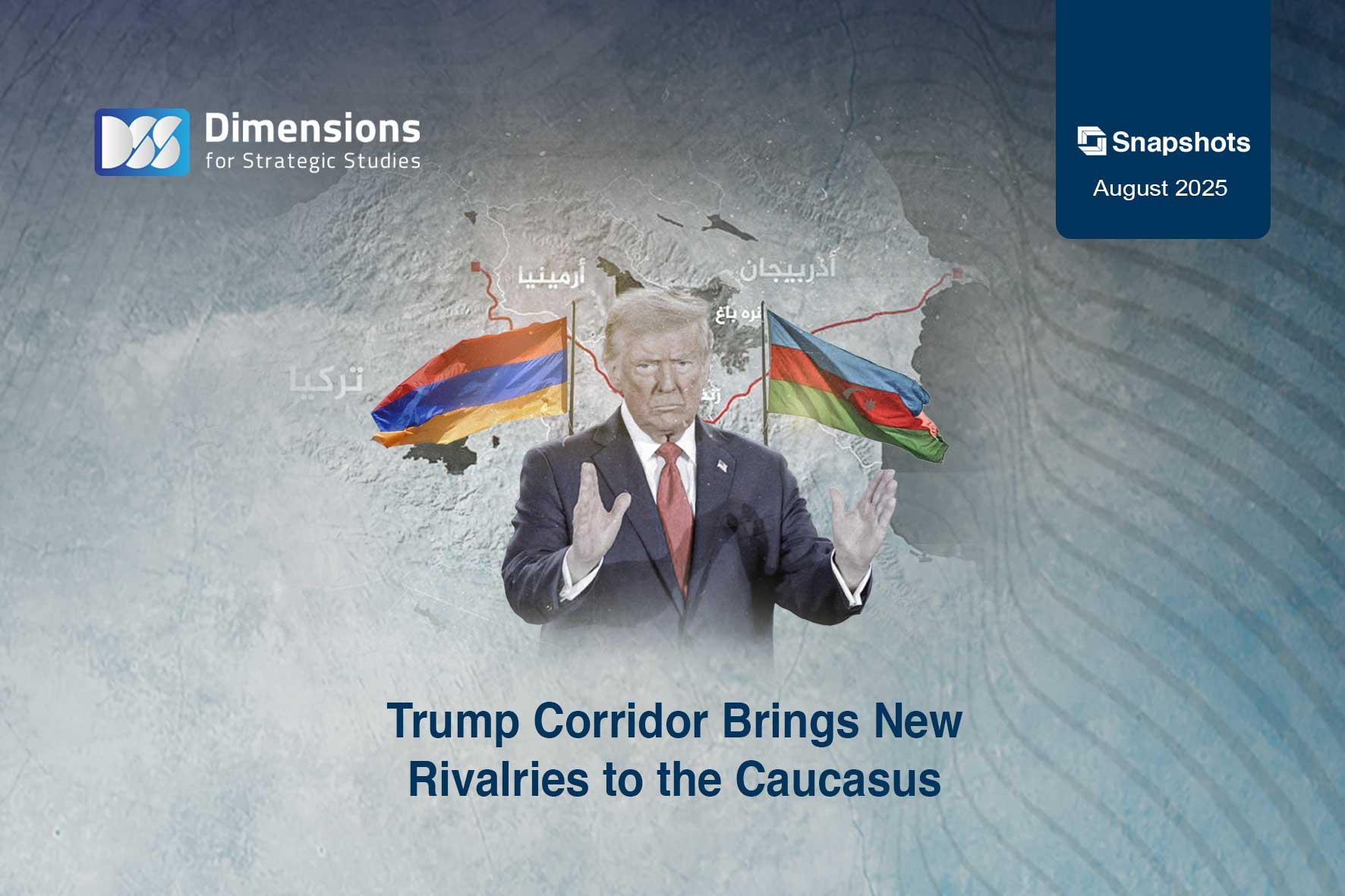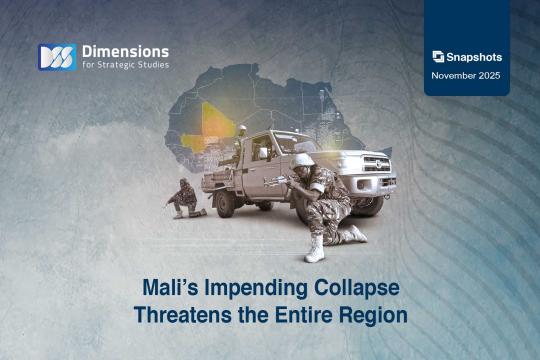
Trump Corridor Brings New Rivalries to the Caucasus
2025-08-231939 view
A peace agreement signed between Armenia and Azerbaijan in early August, with U.S. mediation, represented a major geopolitical shift in the Caucasus region. After decades of tension and intermittent wars, Armenian Prime Minister Nikol Pashinyan and Azerbaijani President Ilham Aliyev signed a comprehensive peace deal at the White House, under the auspices of President Donald Trump.
The most notable feature of the deal is a provision for the establishment of a new transit corridor linking Azerbaijan to its exclave of Nakhchivan, passing through the Armenian territory of Syunik, which lies along the border with Iran.
The “Trump Route for International Peace and Prosperity” (TRIPP) is designed not only to end the conflict between the two Caucasian neighbors, but also to establish a U.S. presence directly on Iran’s border.
This is seen as reflecting a decline in traditional Russian influence in the region, in favor of a growing American and Turkish presence.
The development results from intensive efforts over the first seven months of 2025, assisted by the strained relations of both Armenia and Azerbaijan with Russia.
Several parties—including Türkiye—have worked to transform a fragile truce into a lasting peace. Warming relations between Yerevan and Ankara have also contributed to drawing the both countries closer to Ankara and away from Moscow.
Washington entered the fray at the beginning of Trump’s second term in early 2025, capitalizing on three main factors: Russia’s preoccupation with its war on Ukraine, its weakening grip on the Central Asian states, and its growing frictions with both Armenia and Azerbaijan. Mediation efforts led by Secretary of State Marco Rubio and Mideast Special Envoy Steve Witkoff eventually culminated in the agreement.
The corridor will bring various benefits and risks to the parties affected. For Azerbaijan, it represents a long-standing demand linking the country’s mainland to the autonomous exclave of Nakhchivan. Armenia meanwhile benefits from the potential for opening new trade routes with Azerbaijan and Türkiye.
For the U.S., the corridor offers a strategic foothold in a region where American influence has traditionally been limited. Washington has obtained exclusive rights to develop and manage the corridor for 99 years. It will also benefit from the project to contain Russian and Iranian ambitions and monitor China’s Belt and Road Initiative.
The corridor thus poses a major challenge to Russia and Iran, which strongly oppose any U.S. presence in the region. The corridor threatens their influence and undermines the planned International North-South Transport Corridor (INSTC) that would link linking India to Europe via Iran and Russia. It will also reduce Iran’s transportation revenues by bypassing its territory.
Both Tehran and Moscow recognize the danger the project poses to their strategic and security interests, and they have worked both separately and together to thwart any agreement on the U.S. presence.
During a recent visit to Moscow by Ali Larijani, the Secretary of Iran’s Supreme National Security Council, the two sides formed an informal alliance to confront U.S. involvement in what had been known as the Zangezur Corridor project, creating a committee consisting of military and diplomatic officials from both countries.
In the past, Moscow had opposed Iranian influence in the Caucasus, but Washington’s announcement that it would take over management of the corridor has persuaded the Russian side of the need to cooperate with Tehran to confront U.S. influence.
All this adds to Iran’s woes and limits its room for maneuver. Tehran must now monitor the growing rapprochement between Azerbaijani and the Islamic Republic’s arch-enemy Israel as well as the nascent regional alliance between Azerbaijan, Armenia, and the U.S. Iran will find itself forced to choose between two paths:
• Cooperation and Diplomacy: Iran works to reintegrate itself into this new key trade route, through cooperation with its neighbors. This path will require Tehran to develop a clear policy toward the new dynamic to avoid being marginalized in the region.
• Escalation: Tehran resorts to supporting rebel groups in the Nakhchivan province, pushing the security situation in the region toward armed conflict and thus obstructing the Zangezur Corridor project. This is the most likely scenario.
The establishment of the new corridor demonstrates once again that contemporary geopolitics revolves not solely around traditional borders, but also around who controls transit routes, pipelines, and communications networks. Time will tell whether the project will contribute to stability and economic growth, or become a new focal point of great power competition.





